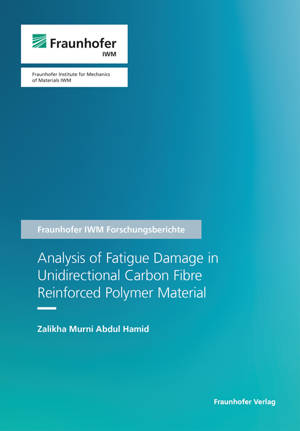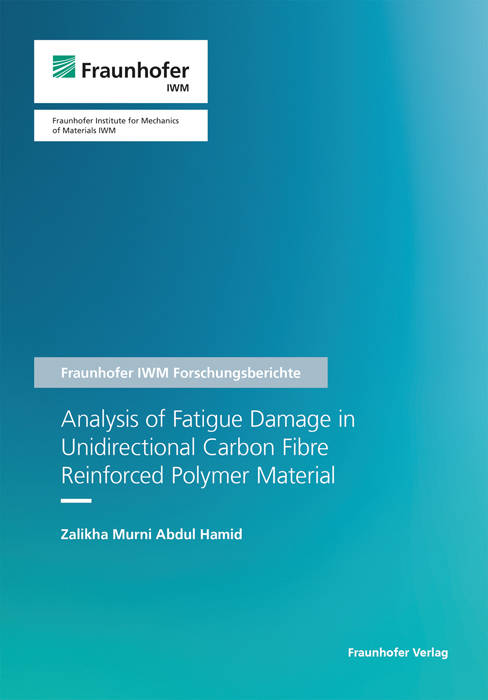
- Afhalen na 1 uur in een winkel met voorraad
- Gratis thuislevering in België vanaf € 30
- Ruim aanbod met 7 miljoen producten
- Afhalen na 1 uur in een winkel met voorraad
- Gratis thuislevering in België vanaf € 30
- Ruim aanbod met 7 miljoen producten
Zoeken
Analysis of Fatigue Damage in Unidirectional Carbon Fibre Reinforced Polymer Material.
Zalikha Murni Abdul Hamid
€ 84,95
+ 169 punten
Omschrijving
Carbon fibre reinforced polymer (CFRP) is known for its high strength-to-weight ratio compared to other materials. However, under fatigue loading the CFRP response is complex. Hence, knowledge in macro- and microscopic level is required to fully understand its fatigue damage. Unfortunately, it is not easily accessible from standard testing alone.
Here, the analysis of damage in unidirectional CFRP under fatigue loading is discussed. A new experimental method to study fatigue on micro-level material response, which requires a novel sample preparation process, was developed. The analysis is based on S-N curve, in-situ observation, and fracture surface of selected micro-specimens. The new method provides comparable quality to that of standard testing while bringing microscopic insight.Further, a new fatigue model of CFRP, based on anisotropic linear elastic Hooke's law, was proposed. It includes three damage variables linked to the microplastic work dissipation. It was implemented in Abaqus and validated against macro- and micro-specimens. It accurately predicts the fatigue lifetime at both macro and micro levels. A new improved formulation of fatigue model is also briefly discussed.
Here, the analysis of damage in unidirectional CFRP under fatigue loading is discussed. A new experimental method to study fatigue on micro-level material response, which requires a novel sample preparation process, was developed. The analysis is based on S-N curve, in-situ observation, and fracture surface of selected micro-specimens. The new method provides comparable quality to that of standard testing while bringing microscopic insight.Further, a new fatigue model of CFRP, based on anisotropic linear elastic Hooke's law, was proposed. It includes three damage variables linked to the microplastic work dissipation. It was implemented in Abaqus and validated against macro- and micro-specimens. It accurately predicts the fatigue lifetime at both macro and micro levels. A new improved formulation of fatigue model is also briefly discussed.
Specificaties
Betrokkenen
- Auteur(s):
- Uitgeverij:
Inhoud
- Aantal bladzijden:
- 164
- Taal:
- Engels
- Reeks:
- Reeksnummer:
- nr. 29
Eigenschappen
- Productcode (EAN):
- 9783839618998
- Uitvoering:
- Paperback
- Afmetingen:
- 148 mm x 210 mm

Alleen bij Standaard Boekhandel
+ 169 punten op je klantenkaart van Standaard Boekhandel
Beoordelingen
We publiceren alleen reviews die voldoen aan de voorwaarden voor reviews. Bekijk onze voorwaarden voor reviews.











